Challenge Report: 24 Hours of Le Mailbox – 2022
Twelve hours into my challenge, I reached the summit of Mailbox peak for the fourth time that day. I stood alone, next to the mailbox installed there as a monument, basking in the golden glow of sunset. Soft white flakes drifted down around me in my peripheral vision.
Wait a second. It wasn’t snowing. It was June and far too warm.
No, the drifting white flakes were only there for me. I was just getting a bit lightheaded. Maybe I should take it a bit easier for the next lap.
On June 20th and 21st, 2022 I competed a 24 Hour footrace up and down Mailbox Peak. I propelled myself up 29,035 ft of elevation and 38 miles. Here is the race report.
Goals
Results
- New personal record for elevation covered in 24 hours – (Current Record = ~13k ft) – ACCOMPLISHED
- Complete a 24 hour footrace on Mailbox Peak – ACCOMPLISHED
- Six laps of Mailbox Peak – ACCOMPLISHED
- Everest – (Cover >29k ft of vertical elevation gain) – ACCOMPLISHED
- 8 laps of Mailbox Peak – Not Accomplished
- 9 laps of Mailbox Peak – Not Accomplished
- 10 laps of Mailbox Peak – Not Accomplished
Tactics
- Break race into three segments of three laps –
- First segment easy – three laps in 9 hours – average <120 bpm – NEARLY ACCOMPLISHED (2.75 Laps – Average 109 BPM)
- Second segment working – three laps in 9 hours – ~120 but can dig some – NEARLY ACCOMPLISHED (2.5 Laps – Average 112 BPM)
- Final segment digging – two+ laps in 6 hours –NEARLY ACCOMPLISHED (1.5 Laps – Average 105 BPM)
- Three hours per lap – Not Accomplished – only 1 lap really
- No miles >140 BPM – ACCOMPLISHED (Max 132 BPM)
- 5 minutes or less at aid stops – don’t stop moving – Not Accomplished
- 98%+ efficiency, only ~30 minutes not moving – Not Accomplished
Successes
What am I proud of from race day?
- Recovered after rough 3rd lap for a solid 4th
- Kept going for 24 hours
- Most vert in a day I’ve ever done
- Made a good decision to Everest by 24 hours rather than finish 7 laps
- Made a call to eat less as time went on which seemed to work ok
Failures
What areas could I improve for future adventures?
- Too slow at aid stations
- Stomach issues at lap 7
Thankfuls
What that was out of my control am I thankful for?
- Only light rain
- The stranger that left a Gatorade for me
- Maria for pacing my 5th lap
Frustrations
What, that was out of my control, do I wish had happened differently?
- I can’t think of anything. This was exactly what I expected.
24 Hours of Le Mailbox
Preparation
This was a silly idea.
Mailbox Old Trail is a very steep trail not too far from Seattle. Over the course of 2.5 miles the trail covers 4k ft of vert which averages out to a 30% grade. That is essentially the steepness of a staircase and distance makes it roughly equivalent to four trips up and down the stairs of the Empire State Building. But, to make it even more fun, this trail is muddy, rocky, rooty, single-track. It is probably the best place to get in some pre-summer vertical climbing (vert) when you’re training for trail runs since the snow melts pretty early there due to the low elevation and direction the mountain faces.
A few years ago a local running group I meet up with periodically – the Japanese Gulch Runners – had a challenge to see who could get the most vert in 4 hours. I ranked among the top finishers by running up and down Mailbox twice. This year, in prep for a 100 mile race, I did a day where I covered 10k ft of vert at Mailbox – 2.5 laps. Unfortunately by the time June came around, I really hadn’t done any other significant runs, so I realized I needed to beat my legs up a bit to toughen them up for the 100.
The idea of laps until failure or 24 Hours on a single trail floated through my head a few times, but it wasn’t until I watched Ford v Ferrari on an airplane that I decided I needed to attempt the 24 Hours of Le Mailbox. The idea was simple, one trail, up and down for 24 hours, see how much I could cover. Go out too fast, and you won’t last. Pus too hard and your muscles will fail. Lose focus and you’ll injure yourself and have to drop out. Finishing this even would require an immense amount of physical strength, mental toughness and stamina in both camps.
I even took a moment to edit the 24 Le Mans logo into my own version, complete with the elevation profile in the background. Now this was getting serious.
I was all-but-decided I should do this, but struggling to find a day when I noticed one in June. I had a day off of work for a holiday (commemorating Juneteenth), on the longest day of the year (Summer Solstice) and it was exactly four weeks before my 100 miler (enough time to recover). With a trifecta like that, how could I say no? The decision was made, I would once again go test my mettle against a feat of strength.
Start – Uneventful Laps 1 and 2
I opted for a luxurious 9am start for this race. I’ve found there is no perfect time of day for starting a 24 hour event, but the morning feels best for me. That way I at least start well rested and I finish in daylight with a boost of energy from the sun.
For the record, midnight to midnight is the worst 24 hour stretch in my opinion. There isn’t enough time to sleep the night before, so you’re tired from the start and the dark night of the end is really hard to rally around. A sunset start might be nice, especially if you could nap that day, but I’ve never been able to work that out.
The plan was simple, pace myself, use poles to take weight off of my legs and stress off of my stability muscles, and repeat until everything failed. Aim for three hours per lap and hope for 8 laps.
I had setup a mini aid station for myself at the trailhead gate. I dropped a bear canister with extra food, a folding chair and a jug of water. In my car, a bit farther away, I had extra clothes and some other stuff I might need later, but my goal for most laps was to quickly turn around.
The first two laps were pretty uneventful. The daytime crowd was out doing their hiking. When you run multiple laps of Mailbox, folks tend to notice. Hiking Mailbox is a big deal hike for many people, so when they realize you’re turning around to do another, they take note. When you do 7+, they realize that either you are a professional or that you need professional help.
I went slow and steady, kept to my pace and got plenty of food and water in. I slowly stripped layers as it got warmer and the fog lifted.
Break Down – Hard Lap 3
I’ve noticed that around 7 hours into a 24 hour even I tend to have some stomach issues. I think that is the point where my stomach transitions from normal digestion to some sort of endurance mode.
After two laps and just over 6 hours, my stomach was starting to act up. I spent a little time in the pit toilet bathroom next to the parking lot but eventually had to get moving again. This wasn’t going to be a fun lap.
This paragraph is going to be about body stuff – go ahead and skip it if you don’t want to read about that. Let’s get this out of the way, when you’re running, you’re sometimes a bit gassy. It is fine, it happens to all of us. But on this third lap, I was a few standard deviations beyond normal. Perhaps the sheer volume of it it helped me gain some vertical propulsion to fight against gravity. Eventually I got more than I bargained for though and my propulsive force transcended the gaseous state into liquid form. Ugh. Now I’m half way up a mountain, needing to find a place to dig a hole and deal with a mess. I lost some time here but recovered well enough and got myself up and down the mountain.
My third lap was an hour slower than the first two. I came in just under 4 hours. At that pace, I could only get 3.5 more laps in and would miss my goal of Everesting. If I slowed down even more I might not even get 6 laps. I needed to get back on track.
When I got to the parking lot I had cell service, so I shot off a few texts, including one to a coworker who was planning to come pace me to tell her my 9pm lap might be starting closer to 11 or 12. I was already an hour behind and slowing down. This whole plan might come crashing down.
Reset
In these long events, sometimes you need to reset yourself. In my mental model, I have two levels of reset that I call the soft reset and hard reset.
On a normal rest stop break, I might just cruise by, refill my food and water and keep moving.
In a soft reset, I take some time to get myself back to the ready position. I stretch a bit, refill any supplies I’m low on, I might even change shoes or socks. Sometimes I reapply sunscreen or chafing creme if I need it. It takes a few minutes longer, but I’ve found one or two of these really helps a 24 hour race go smoothly. Generally I try keep my head in the race during a soft reset. I take care of myself and then get back at it.
In a hard reset, I come to terms with the fact that I will no longer be able to meet any of my goals if I don’t take care of myself. Sometimes it means laying down for a bit or going into a medical tent. It usually always involves making a conscious decision to go from plan A to plan B (or whatever letter I’m at by then).
On my 24 Hours of Le Mailbox, I didn’t need any hard resets, but I took a soft reset here after lap 3. I went down to my van, which was parked in the lower lot and took care of things. Baby wipes were used. New socks filled were baby powder was applied. Apparently things made for babies are really handy for long footraces as well. It makes sense – most of what babies do is eat, poop and cry and in a 24 hour event, I spend a lot of time doing each of those things.
Back At It – Solid lap 4
The magic of the soft reset seemed to work though, I got moving on my 4th lap. I put on some music, got a good sweat going and was able to reach the summit in under 2 hours. I had a sunset view up at the top and was feeling proud, though a bit lightheaded.
I used my satellite comms device to text my coworker that I was actually doing better and instead of 11 or 12 I might actually start my next lap around 10pm.
I tracked my calories for each lap and after the stomach issues, noticed my calorie intake was dropping. I had to decide if I was going to try and force in more food or if I was just going to accept that I would be running off of stored calories. I tried to keep a little bit of food going down, but mostly accepted that I would be working off of stored calories.
Paced – Lap 5
Finishing my fourth lap I took a few minutes to resupply as my coworker Maria got to the trailhead. We got our lights on and got ready to crush a lap.
Pacing someone in an ultra is sort of a strange thing. You take on the roles of; babysitter, motivator, way-finder, counselor and entertainer. Your job is basically to help the racer keep moving and to make good decisions that will allow them to have the best shot at accomplishing their goals. Sometimes talking is helpful – sometimes it isn’t. Sometimes pushing them to go faster is helpful – sometimes it isn’t.
Maria did a great job balancing the jobs. We talked for a while about running and then there were long stretches where we just pushed on the trail in silence. We traded off leading – there were times when I felt good and could set a pace and there were times where I was crashing a bit and needed to just tune out and follow a pace.
Overall we had a solid lap given it started 13 hours into my event and the fact that it was the darkest lap of the day – 10pm to 2am. In my opinion that is the hardest time of day to keep moving. The next lap would bring with it some sunrise motivation.
Lap 6
I don’t remember much about the sixth lap. It was cold enough for me to put my hat on and it was likely mostly dark while under tree cover. I don’t think I saw any humans on the way up but I believe on the way down I started to see the morning crowd, which was nice. This lap was about the same pace as the one prior – 3:45, so not as fast as I’d wanted, but still solid.
The hardest part of this lap was probably figuring out how I could hold up six fingers and take a selfie all by myself at the summit. I realized I could kind of make the shape of a six with one hand.
Last Lap – Lap 7
I was 21 hours in as I started the 7th lap. Based on the fact that my last few laps had been ~3.75 hours, I knew it was going to be tough to finish 7 laps. That said, I had the motivation of sunshine and I knew I could dig deep.
I started debating at this time how I should finish. I knew I could make it up to the peak, which would get me to 28k of vert and so I figured I might as well find energy for a bit extra to get to 29k ft so I could Everest. I didn’t think it was likely that I’d get that much vert on the same trail in a single day any time soon, so I wanted to cross that accomplishment off of my list. The two options I was debating were 1) Finish 7 laps gate-to-gate in 24 hours and then go do an extra 1k ft after the 24 hour mark so I could Everest 2) turn around 1k ft down the 7th lap return trip and go back to the peak to finish 29k feet of climbing in 24 hours and then come down after the 24 hour mark.
I hit the summit of my 7th lap after 22 hours and 50 minutes – about 7:50 am. As I turned around I saw my buddy Pen running up to the peak with another runner – apparently he was starting a self-supported 50k that day. Something about seeing someone I knew, who was also pushing themselves, was pretty motivating.
I still hadn’t made up my mind though about how I would finish. I had an hour and 10 minutes to do whatever I was going to do. I’ve descended Mailbox in 45 minutes before when fresh, but on this day my fastest decent had been 1 hour and 25 minutes and my most recent ones had been closer to 2 hours. I knew Pen was going down and I could probably try to stick with him to get a good pace in, but then I knew turning around to get another 1k ft would be really tough after a quick descent.
30 minutes later, as I got ~1k ft down the trail I decided to turn around and finish at the peak. It came down to four reasons. First, finishing my 24 hours at the peak is kind of cool. It was a beautiful morning and there were great views. Second, I realized that in the end I would either be able to lay claim to seven full laps of Mailbox in under 24 hours or 29k ft of vertical climbing in under 24 hours. The former is only relevant if you know this particular trail, the latter is sort f universal, and so seemed like a better title to hold. Third, I only had 45 minutes left and had 3k feet to descend, I wasn’t sure I could do it given it had just taken me 30 minutes to descent 1k ft. Finally, I realized that if I finished at the top, I would have no choice but to walk back down, while if I finished 7 laps at the bottom, I might not have motivation to turn back around and get an extra 1k ft in.
Bonus 1/3rd – Lap 7.33
I had 45 minutes to go and needed to get back up 1k ft to the summit. Needless to say I was highly motivated, but also just spent. This last bit was a struggle. I needed to stop and catch my breath a few times as well as take very slow and deliberate steps.
I got bak to the peak with about 7 minutes to spare though. Unfortunately my math was a bit off and I was a few feet shy of 29k ft. I also recalled that Mt. Everest is actually a few feet taller than 29k ft, so I wanted to make sure I covered the exact amount, which I couldn’t remember if it was 29,029 or if the official measurement had changed a bit in recent years.
I turned back around and jogged down a bit so I could turn around and get a few more vertical feet in. I finished with four minutes and 15 seconds to spare at 29,035 ft of vertical climbing. Wow – I did it!
Long Walk Home
At this point I was finished with my 24 hour event and I had successfully Everested in under a day. It was time to go home and relax. Except for the fact that I was still 4k ft up a mountain…
This last lap down wasn’t super fun, I was ready to be back at the car and not super motivated. It took me 1:40, which confirms that it would have been tough to finish the 7th descent in 1:10. Perhaps it would have been possible though, gravity would certainly have been on my side.
While returning, I passed a number of folks on their morning hike. Some had seen my aid station at the bottom and asked if I was the guy doing a bunch of laps. One man wanted to shake my hand, he was in his 60s and had been hiking Mailbox for years and couldn’t believe someone could do that many laps. Earning the respect of someone you respect is one of the best feelings in the world. This guy was clearly a fit hiker to be doing this trail in his 60s and I was proud to have done something that he was impressed by.
Return to Normal Life
You would think my next steps would be to go eat a bunch of food and sleep, but I was actually late for work. I had planned to start at 8am and finish at 8am so I figured I could be into work by ~10. I can never sleep much when I finish an overnight event in the morning due to the combination of stoke and caffeine, so I figured I would just go into work, where I could let my body recover some as I used my mind a bit. Unfortunately, due to the way I finished at the top it was actually 11am by the time I got to my car and I still had to drive home.
I took a call from the car, picked up a few thousand calories of burger and shake and drove home. After a shower, I was in my home office and working. By 5pm I was starting to doze off though – the tiredness was finally catching up. I had dinner with my family and I think I was in bed by 8pm.
Data Analysis
One of the things I want to look at is how my pace and effort changed over time. This is something I used to do a lot of in road races, but it gets quite tough in trail races due to the fact that the terrain and elevation are constantly changing. In this race, since I was doing laps, I can actually do it.
I’m going to break down my day into three main types of legs – the climb (from gate to mailbox), the descent (from mailbox to gate) and aid station time – and look at how many hours:minutes I spent on each occurrence.
Climbs
- 1:29
- 1:41
- 2:10
- 1:39
- 2:10
- 2:00
- 1:54
Descents
- 1:19
- 1:19
- 1:22
- 1:24
- 1:48
- 1:37
- 1:39 (After the 24 hours finished)
Aid Station Stopovers
- 0:05
- 0:14
- 0:21
- 0:15
- 0:08
- 0:10
The climbs pretty much line up with how I felt. That third lap was slow but the 4th recovered to the pace of the 3rd. The nightime laps were a bit slower, but I’m excited to see my final climb picked it up a little and ended up being my mid-point pace of all 7.
The descents are surprisingly consistent until lap 5. About 10 minutes of that are at fault on my communication. I stepped off the trail to go to the bathroom and didn’t communicate clearly with Maria who was pacing me where we would meet, and then I ended up going ahead some. The rest was nice, as were the stars, but that is why that lap is an outlier.
The sixth and seventh lap were a bit slower on the rocks up top and I think that was mainly because my mind was a bit shot. That section is particularly tricky to move over quickly and 20+ hours in, I didn’t have the mental focus needed to feel confident in moving fast there. Plus, I just didn’t feel like risking a twisted ankle when I was 85%+ of the way to my goal.
Rest stops are clearly where I can improve the most. I had wanted to limit stops to 5 minutes with a total stoppage of <30 minutes. In reality I was stopped at the aid station for one hour and 13 minutes – 2.5x what I had hoped to limit it to. On top of that I know I spent some time stopped on the trail on a few laps so in total I’d guess I wasn’t moving for ~2 hours of the 24. Getting that down to 30 minutes could be the difference of a decent portion of the next lap. Part of the reason it was so much slower is that I was self supporting and had to unlock my bear canister and walk to the bathroom which was a few hundred yards away. In a race where the aid stations have folks handing stuff, a lot of that time would have been cut out, but the rest would have been cut too, so it isn’t clear to me how much that helps me out, given the fact I was clearly breaking down by the end.
Random Thoughts
In a lot of ways footraces are just an exercise in slowing the degradation of the system that will fail first when you run. Running itself is incredibly simple – the whole left foot, right foot part. The hard part is figuring out what will fail and how to prevent that.
In high school and college when I ran races from 1-6 miles long, it was usually about oxygen debt. Could I set a good enough pace where I would end the race gasping for breath, but ensure that didn’t happen before the finish.
In the marathon the failure point tends to be calories. Can I set a pace where I will coast across the finish line on an empty fuel tank, but make sure that I don’t stall on the side before then.
In 24+ hour races, I feel like there are a dozen things that can fail and that is what is so interesting about it to me right now. Power muscles, stability muscles, mental focus, stomach, feet, etc. I’m pretty happy about how I’ve learned to deal with all of tose things and how in a few recent events I’ve successfully held off failure.
What is Next?
I’m signed up for the Cascade Crest 100 on July 22-23rd. This is the race I attempted last year but didn’t finish due to my then-recent recovery from COVID. This is the only race I’ve ever not finished in my life, so I’m excited to go back and be able to have a chance to redeem myself. Of course, finishing isn’t a given. I’ve done 100 miles in a day previously and now done 29k feet in a day, but the Cascade Crest demands both 100 miles and 22k ft of vertical climbing and has a limit of 34 hours.
This will be the longest run I’ve undertaken without sleeping. I feel prepared to go embrace the challenge though and ready to dig deep to get the result I want. While I’m not in comparable shape to when I used to race shorter races, I think I can finish it, and that is something I will be proud of. I might end up cutting it close to the time cutoff, but I’m going to give it everything I have.

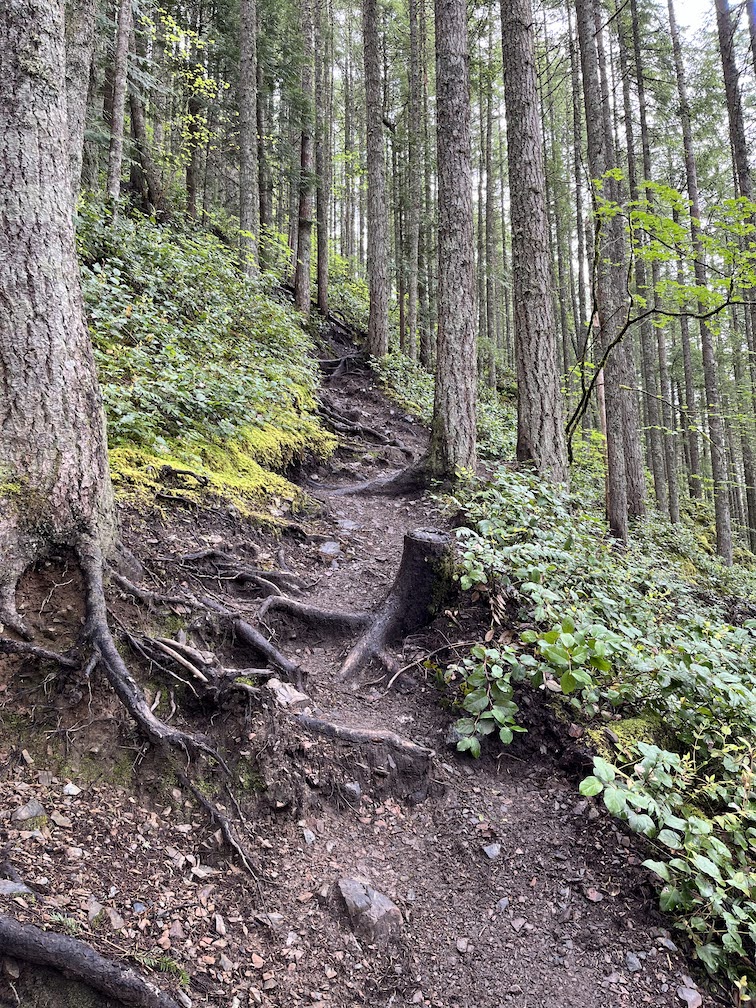
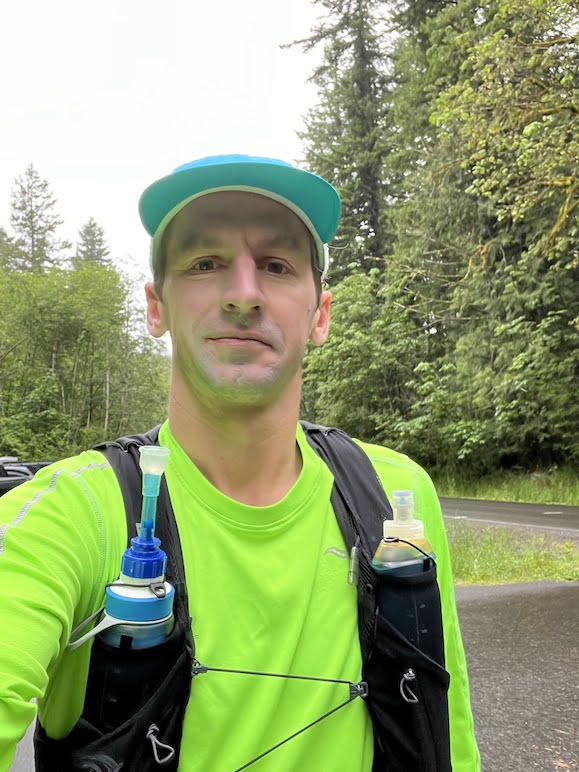

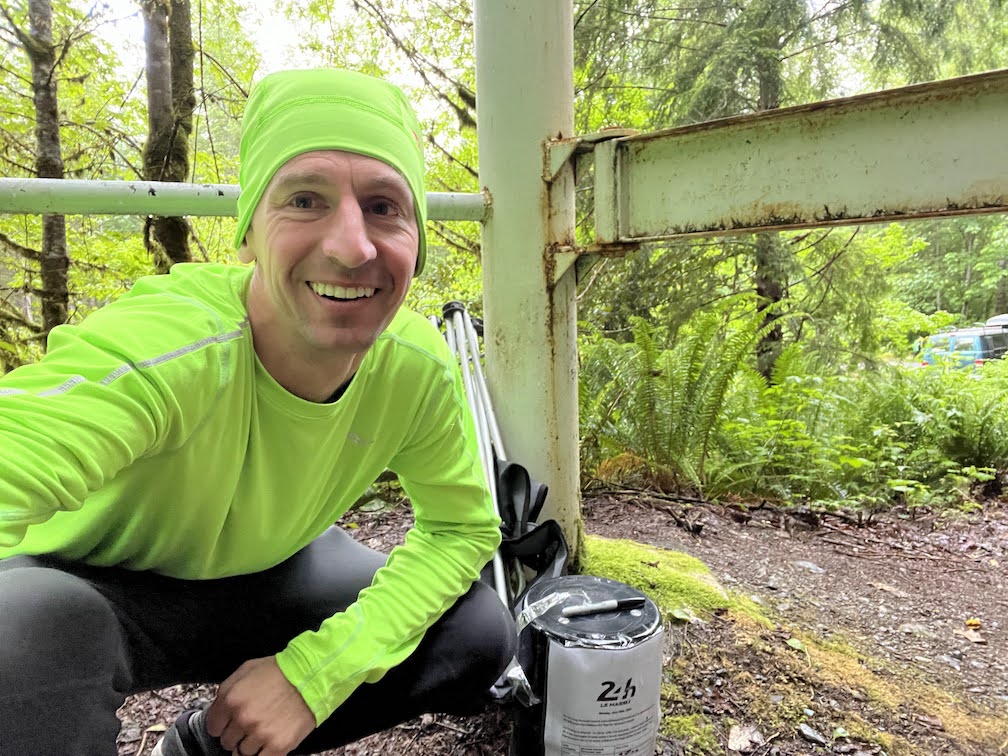
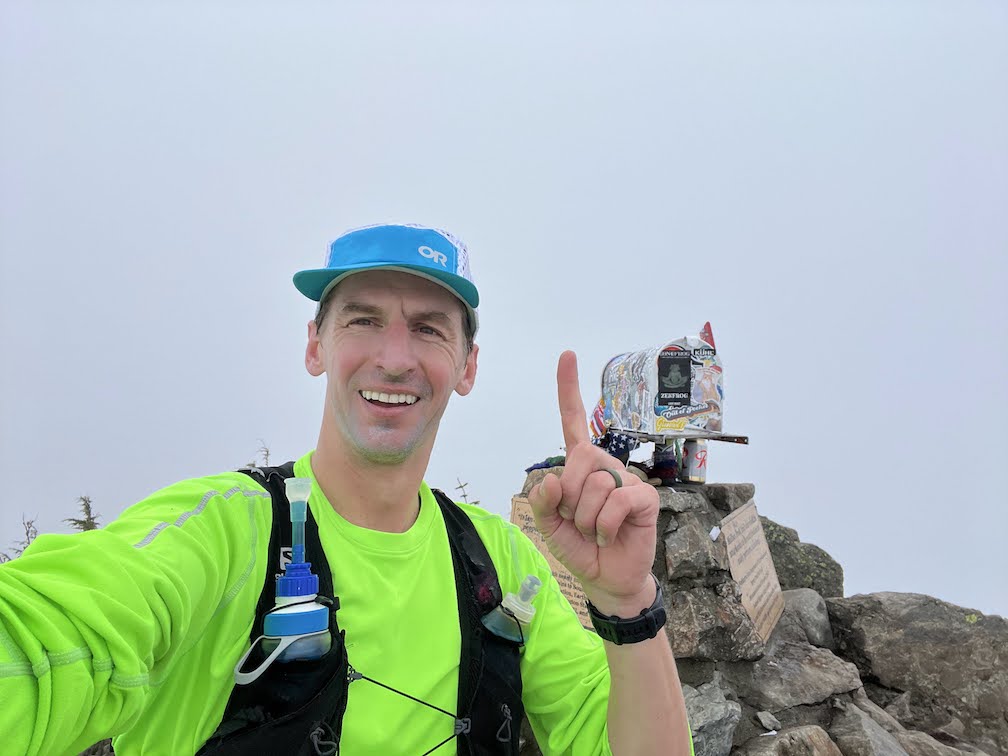
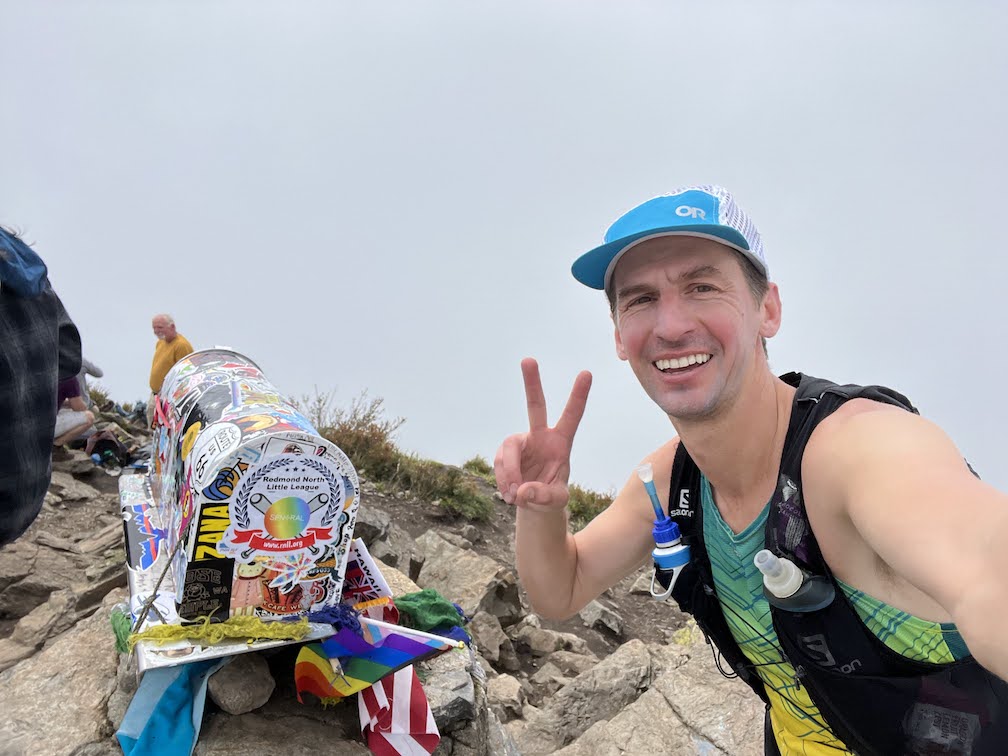
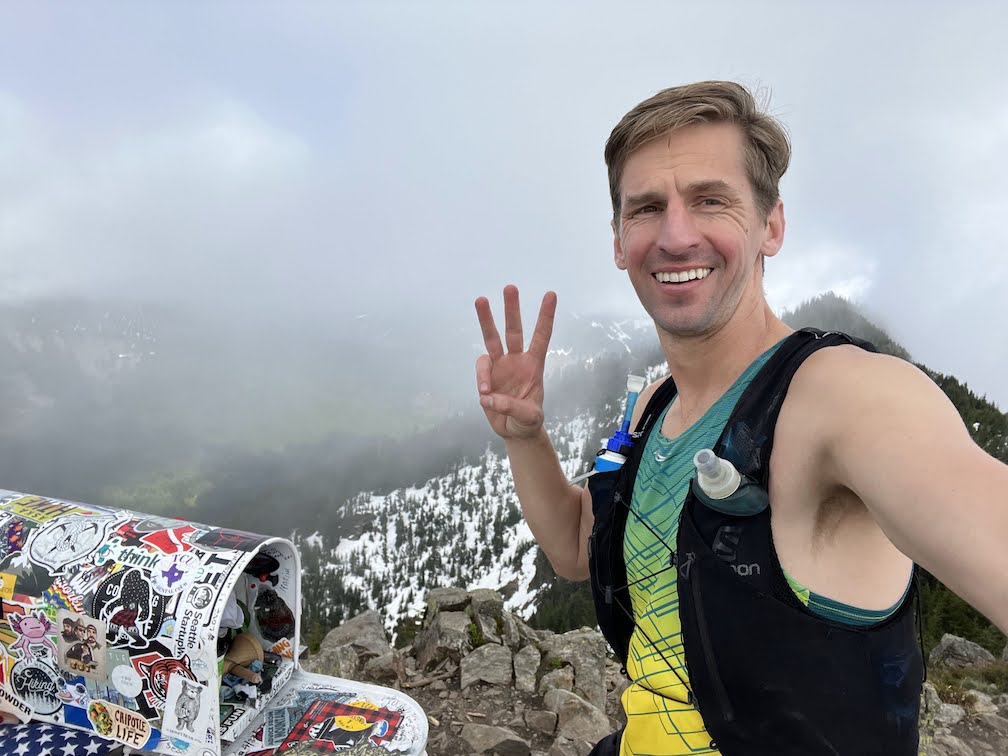
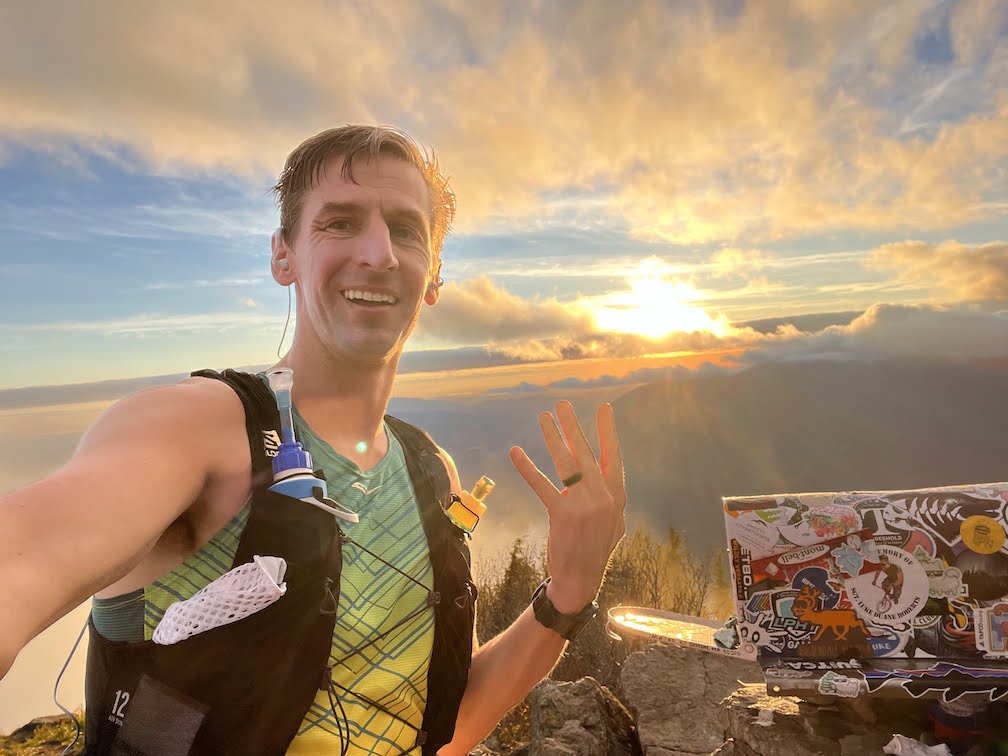
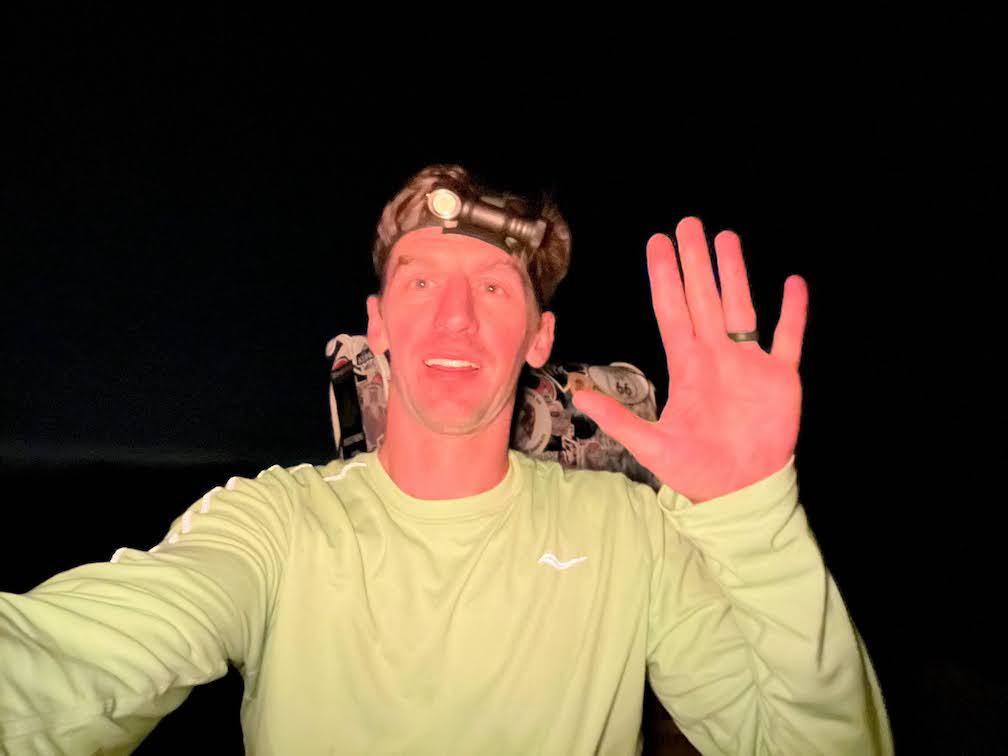
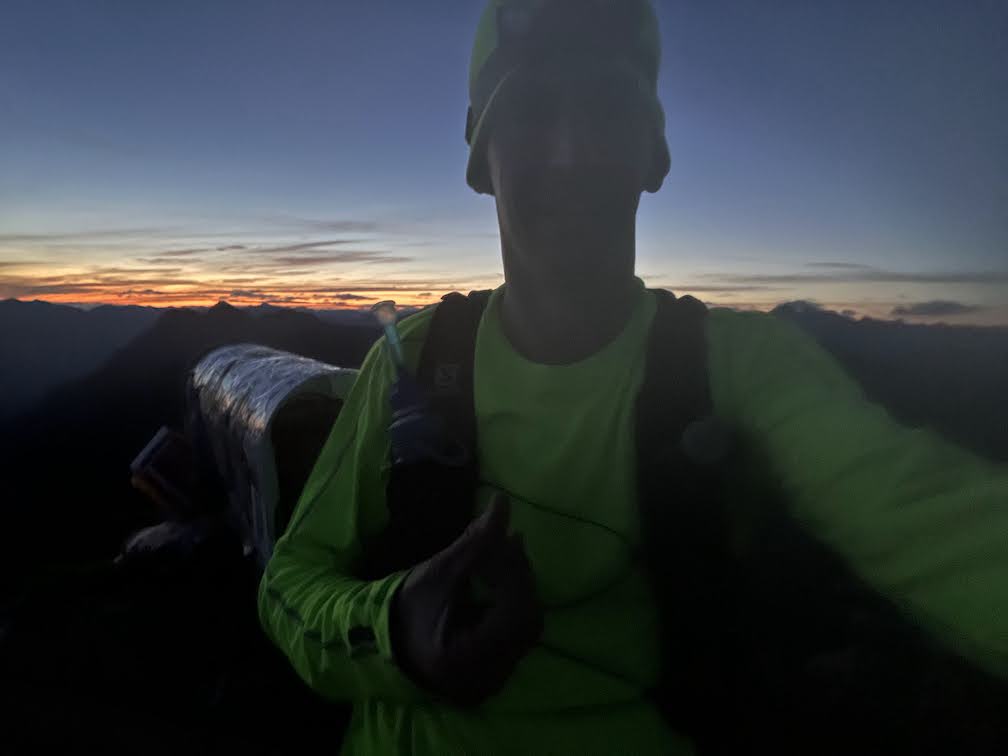
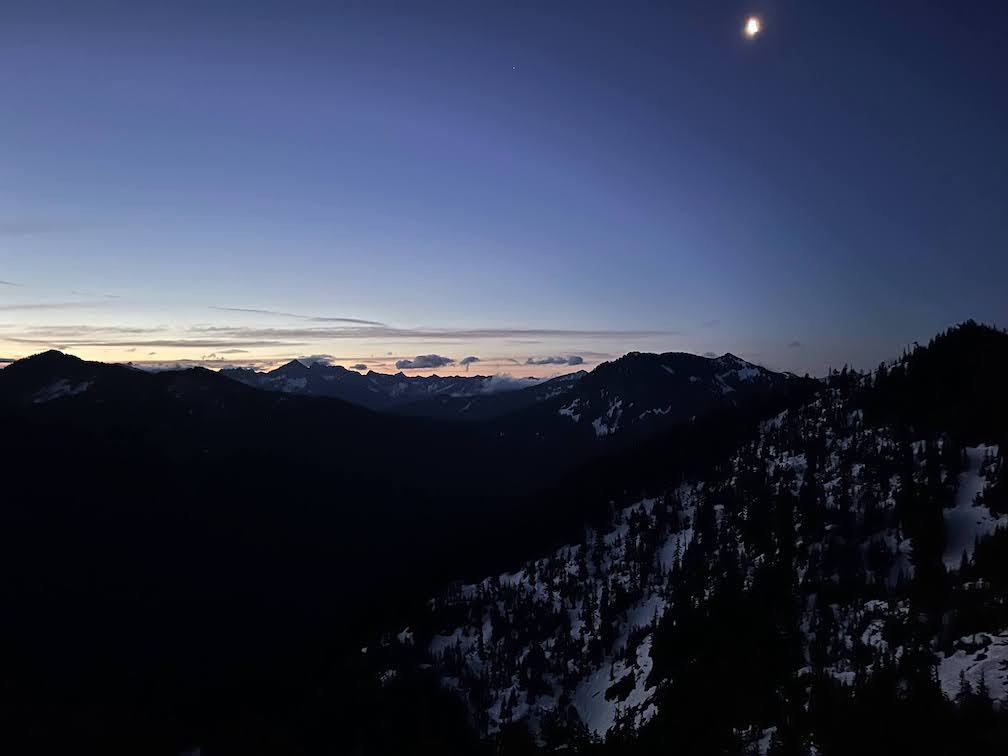
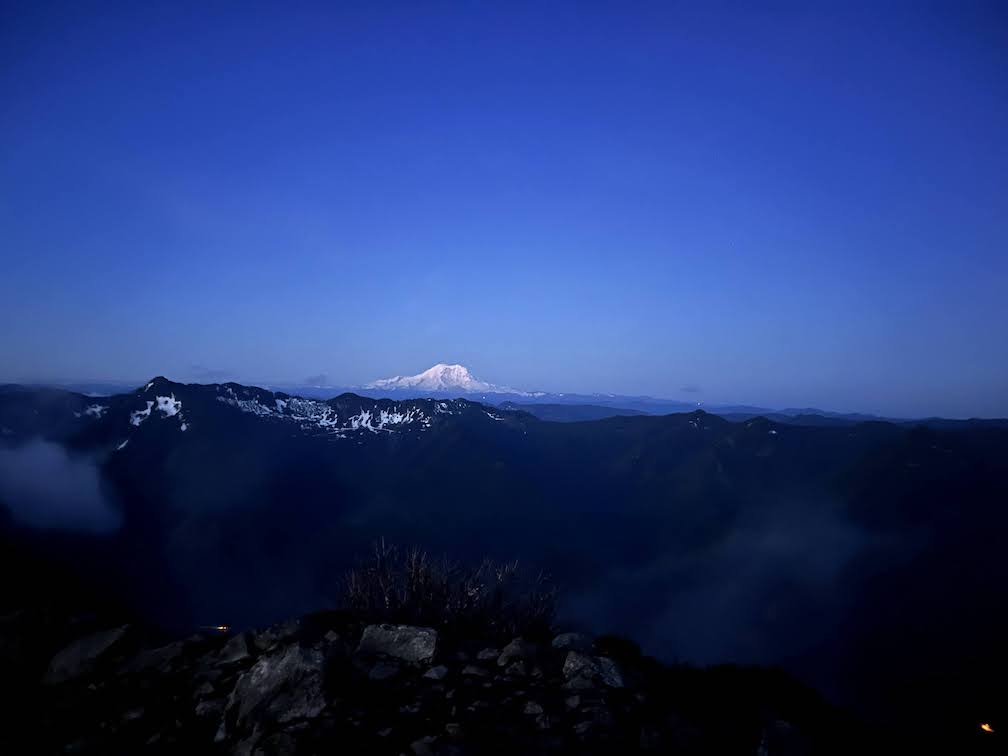
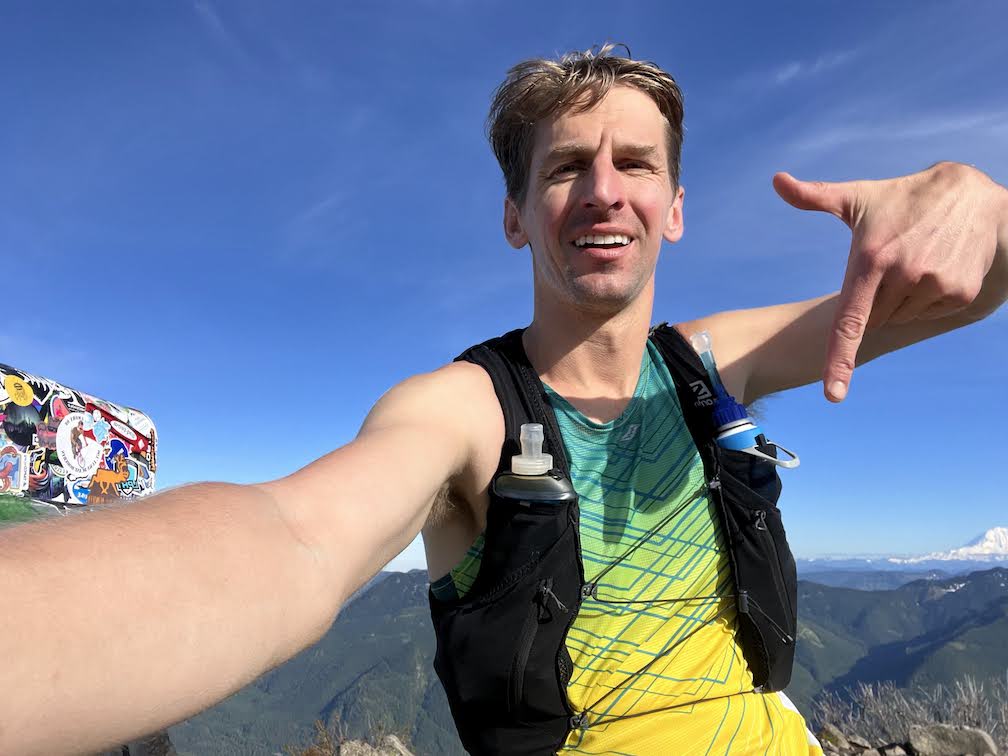
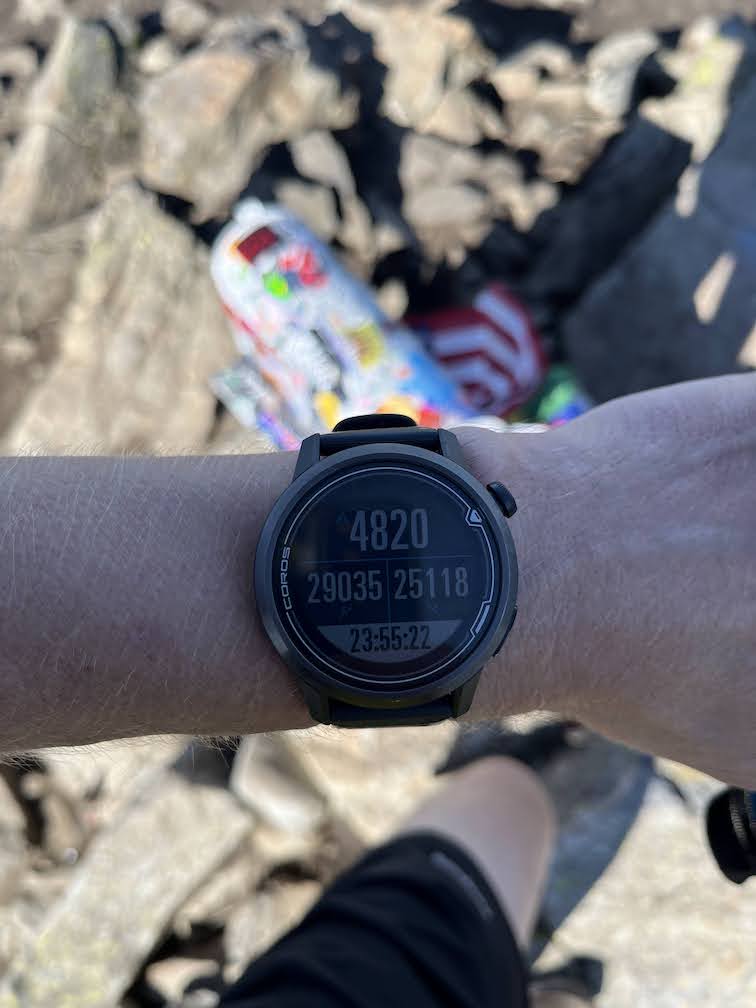
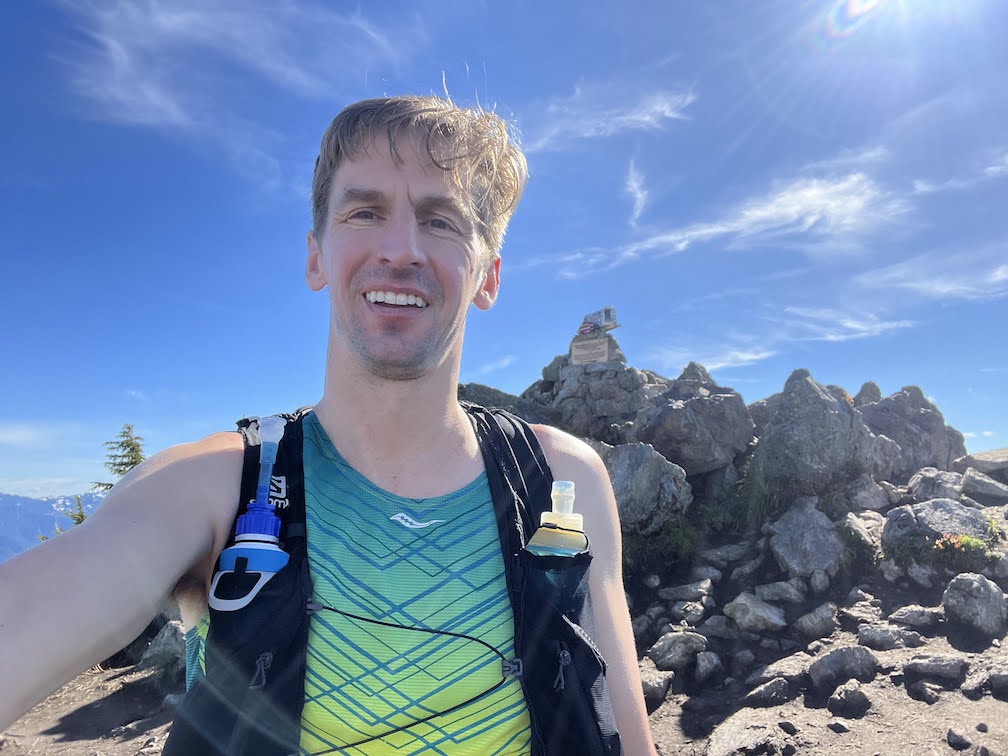
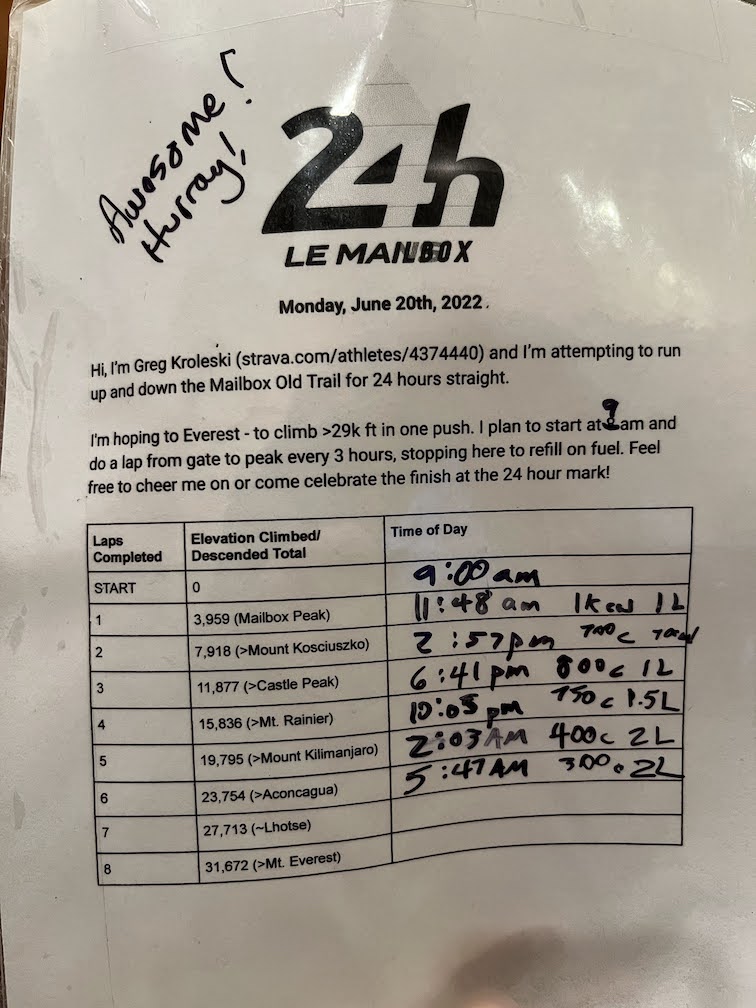
One thought on “Challenge Report: 24 Hours of Le Mailbox – 2022”